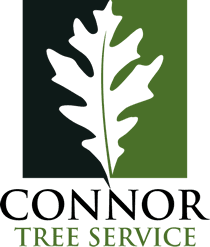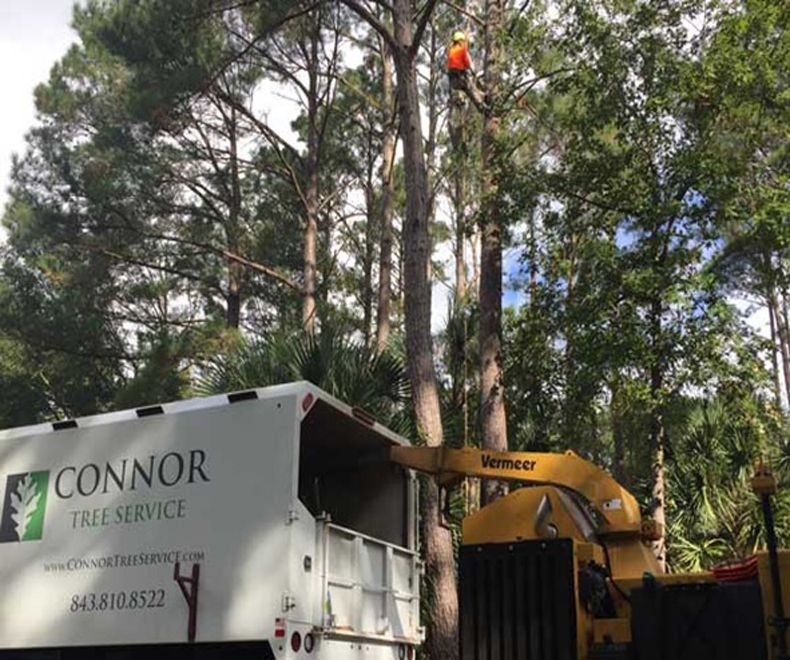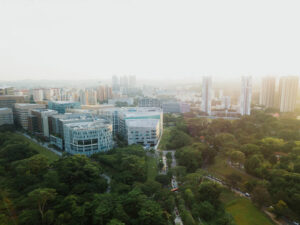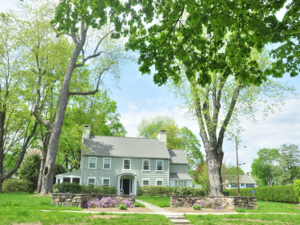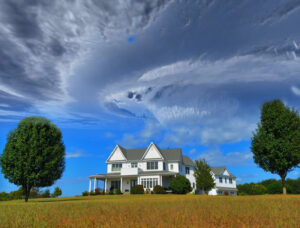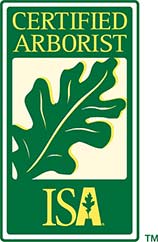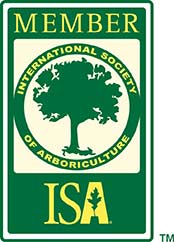If your work doesn’t involve trees or plants, chances are you will have no idea what USDA Hardiness Zones are all about. However, they are very interesting and worth learning about nonetheless. That’s what we will be talking about for this blog post. Next time you search for “tree removal in Mt. Pleasant, SC”, think of us at Connor Tree Service.
Let’s get started.
Introduction
You can account for a lot of factors as a gardener, such as your soil quality, water drainage, and shade, but the most important thing that you cannot control is the weather. In order for a plant, tree, or vegetable to grow and survive as the years go by, it has to be able to cope with the conditions in your climate.
Gardening might seem rather simple at a glance. You just dig a hole, plant a seed, and water it. But some planning goes a very long way, and you are best off considering the richness of your soil, the size of your garden, and above all, the hardiness zone in the region that you are living in. This is the best way for all your crops to grow the way that they were designed.
So What Are These Zones?
The USDA Hardiness Zones represent an interactive map that is followed as the standard for growers and gardeners are able to determine thriving locations for their plants. This map has some updates every few years. It’s divided into specific zones based on climate.
The United States and Canada are divided into 13 separate zones, all based on the average annual minimum temperature in the winter. On average, each zone is roughly 10 degrees colder or warmer in the winter than the one that it is next to. Zone 1 would be the coldest and Zone 13 is the hottest.
There are some factors that not many people acknowledge. This includes things like lakes, desert topography, and mountains and how they can be in different zones just miles from each other due to the dramatic change in their climates. It’s accounted for in the map in the best way they can.
Get an assessment and quote from Connor Tree Service today.
What Makes USDA Hardiness Zones Valuable?
Imagine someone wants to become a banana farmer so they invest in products to get very rich soil, an advanced watering system, and then take all the time to plant their banana plants. Then they later find out that their banana plants just aren’t growing the way they want them to grow and have no bananas to offer.
The problem in this scenario is that the farmer is located in New Hampshire where the cold temperatures prevent banana plants from growing correctly. This could have all been prevented if the farmer was aware of what Hardiness Zone they were located in. With this example in mind, it’s easy to understand why being aware of your specific Hardiness Zone is just so valuable.
How USDA Hardiness Zones Are Best Used
Farmers and gardeners will identify what Hardiness Zone they are located in and then understand what crops will have the highest chance of thriving in their climate. That way, they don’t have to replant other things after finding out that their crops can’t survive the winter or the frost from the spring.
The map is also just great to examine in order to understand your climate and compare it to the ideal climate for a plant that you’re interested in growing. It expands your knowledge and helps you identify sensitivities in your area. As an example, if you know that a certain vegetable grows best in a warmer environment, it will need to be covered whenever your area is warned of an incoming frost.
The Shortcomings
Imagine all the trial and error that people of the past had to go through in order to find what works in their area. As amazing as it is to have such a valuable resource at our disposal in modern times, there are a few shortcomings to be aware of.
While the map is excellent at understanding the climates in the eastern part of North America, the west isn’t as perfect. This is due to the fact that, as we mentioned earlier, lakes, desert topography, and mountains have specific climates that are much more varied. As an example, although Tucson and Seattle are both in Zone 8 due to temperature, their climates are very different with Seattle being coastal and rain-heavy while Tuscon is much drier.
Conclusion
USDA Hardiness Zones are clearly valuable and this blog post will help you understand how it all works. Connor Tree Service provides professional tree care services. Again, next time you search for “tree removal in Mt. Pleasant, SC”, or “tree company in Mt. Pleasant, SC”, think of us first. Get a quote here.
